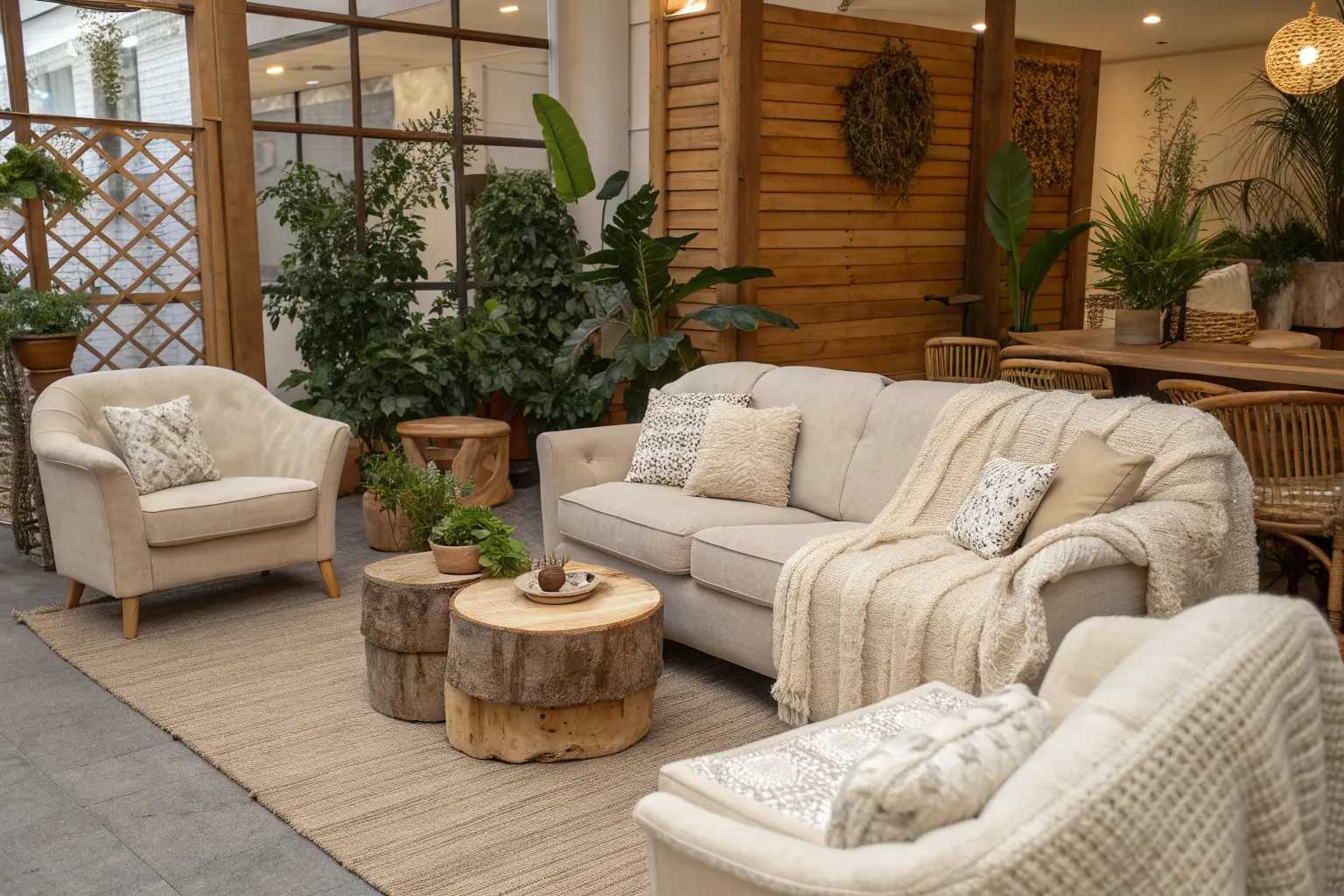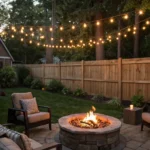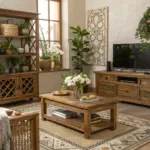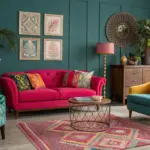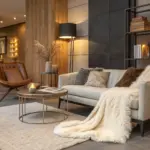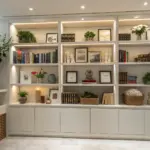Creating a space that immediately puts people at ease is both an art and a science. Over years of working with clients to transform their environments, I’ve discovered that welcoming spaces share specific qualities that speak to our deepest psychological needs for comfort, safety, and connection.
The Psychology of Welcome
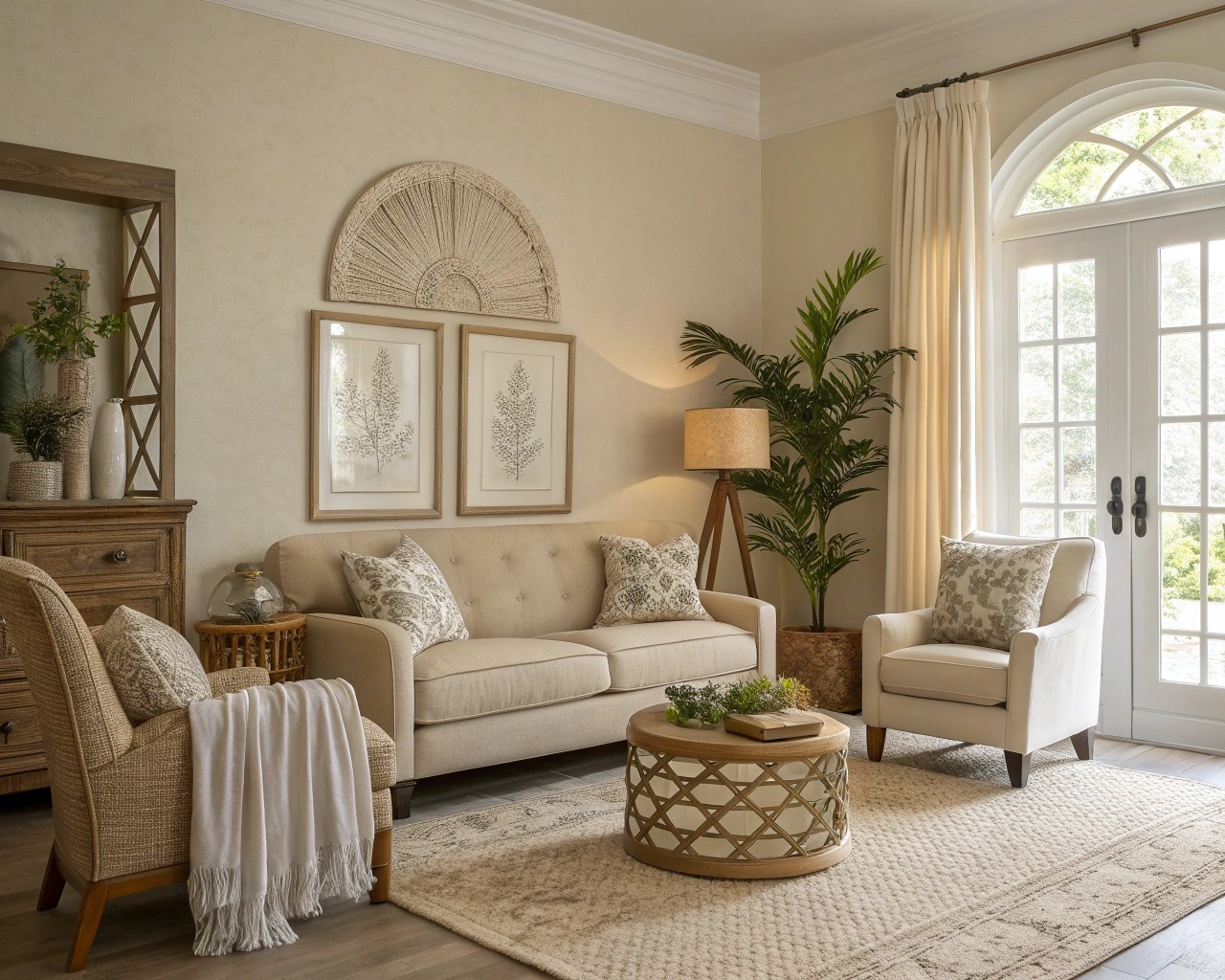
The moment someone enters a space, their brain makes instant judgments about comfort and safety. Research shows that we process visual and sensory information within milliseconds, forming impressions that influence our entire experience. These first impressions aren’t just aesthetic—they’re deeply psychological, triggering responses that affect our stress levels, social behavior, and willingness to stay and engage.
Understanding this psychology allows us to design environments that naturally invite people in and make them want to linger. The most welcoming spaces combine visual harmony with sensory comfort, creating what environmental psychologists call “restorative environments”—places where people instinctively feel they can relax and recharge.
Creating Flow: The Foundation of Comfort
Understanding Spatial Movement
The way people move through a space fundamentally shapes their experience. I’ve learned that creating clear, intuitive pathways isn’t just about function—it’s about emotional comfort. When people can navigate a space easily without thinking, they immediately feel more at ease.
Essential Flow Principles:
- Clear sightlines: People need to understand the space layout instantly
- Unobstructed pathways: Furniture shouldn’t create barriers or bottlenecks
- Logical zones: Different areas should flow naturally into each other
- Flexible circulation: Multiple routes prevent crowding and give people choice
The psychology behind good flow is rooted in our evolutionary need for spatial awareness and escape routes. Spaces with excellent flow patterns reduce subconscious stress and allow people to focus on enjoying the environment rather than navigating it.
Furniture Arrangement for Welcome
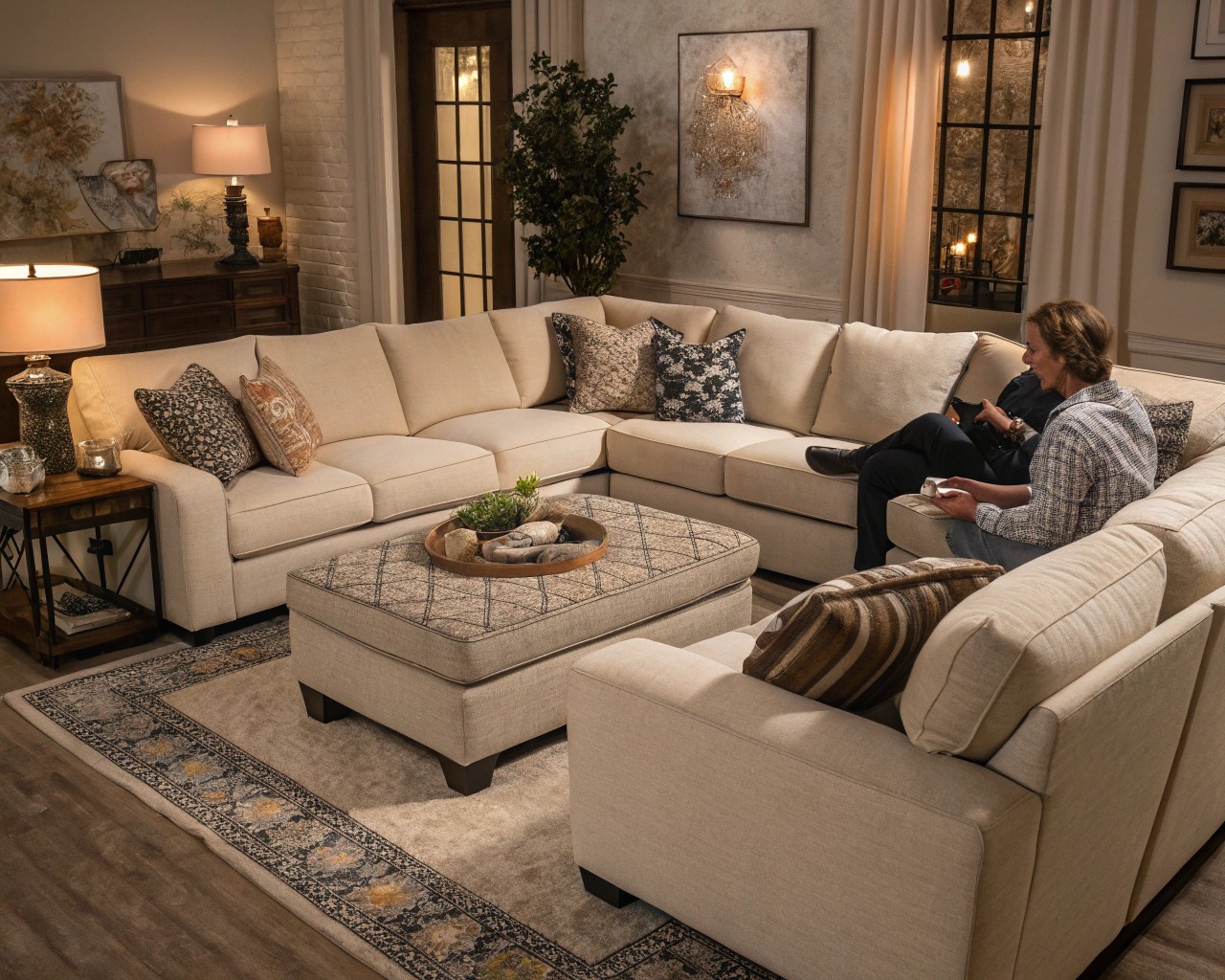
The way you position furniture dramatically influences social dynamics and comfort levels. Circular or U-shaped arrangements naturally encourage conversation, while linear arrangements can feel formal or distant.
Key Arrangement Strategies:
- Create conversation zones: Angle seating to encourage eye contact
- Maintain personal space: Allow 18-24 inches between seating for comfort
- Establish clear focal points: Every grouping needs an anchor like a coffee table or fireplace
- Balance intimacy with openness: Provide both cozy nooks and open areas
I always consider what I call the “dance of daily life”—how people will actually use the space throughout different times and activities. The most welcoming arrangements support both solitary moments and social gathering with equal grace.
The Sensory Foundation
Mastering Natural Light
Natural light isn’t just about brightness—it’s about biological and psychological well-being. Exposure to natural light regulates circadian rhythms, boosts serotonin production, and creates the foundation for any welcoming environment.
Optimizing Natural Light:
| Strategy | Implementation | Psychological Impact |
|---|---|---|
| Maximize windows | Remove heavy curtains, use sheer panels | Increases alertness, reduces stress |
| Strategic mirrors | Place opposite or adjacent to windows | Amplifies light, creates spatial openness |
| Light-colored surfaces | White/cream walls, glossy finishes | Reflects light deeper into space |
| Glass elements | Interior glass doors, translucent partitions | Allows light flow between rooms |
When natural light is limited, I focus on layered artificial lighting that mimics natural patterns. This includes ambient lighting for general comfort, task lighting for functionality, and accent lighting for atmosphere—all adjustable to support different moods and activities throughout the day.
The Power of Texture
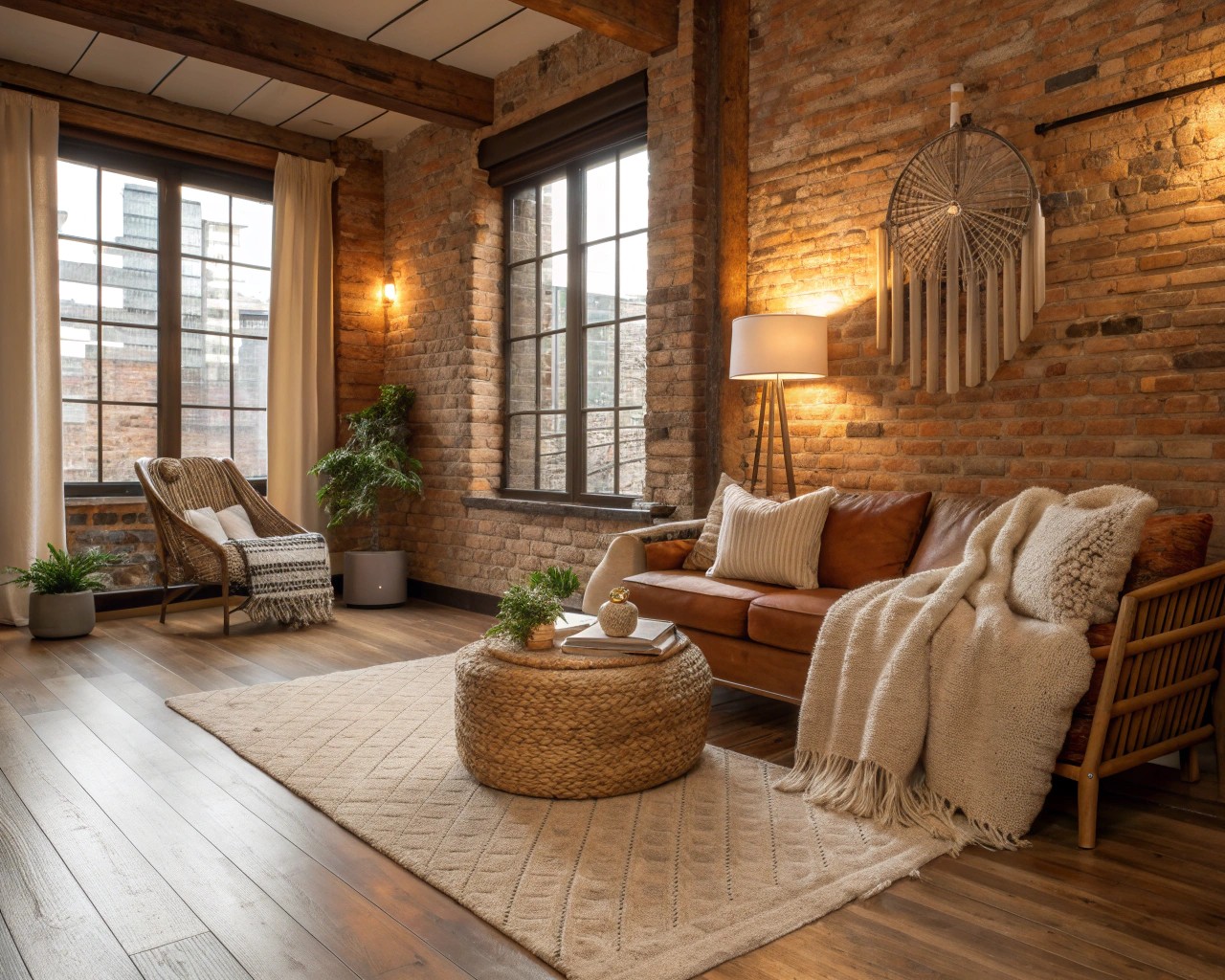
Texture engages our sense of touch and adds psychological depth that makes spaces feel more human and approachable. The key is layering different textures to create visual and tactile richness without overwhelming the senses.
Effective Texture Layering:
- Start with neutral foundations: Natural linen, soft wool, unfinished wood
- Add contrast gradually: Pair smooth with rough, soft with structured
- Include natural elements: Raw wood grain, stone surfaces, woven materials
- Consider scale: Mix fine textures (smooth leather) with bold ones (chunky knits)
From a psychological perspective, varied textures signal quality and craftsmanship. They also provide what researchers call “positive distractions”—elements that give our minds gentle places to rest and reset. This is particularly important in high-stress environments where people need subtle ways to self-soothe.
Biophilic Elements: Our Connection to Nature
Bringing the Outdoors In
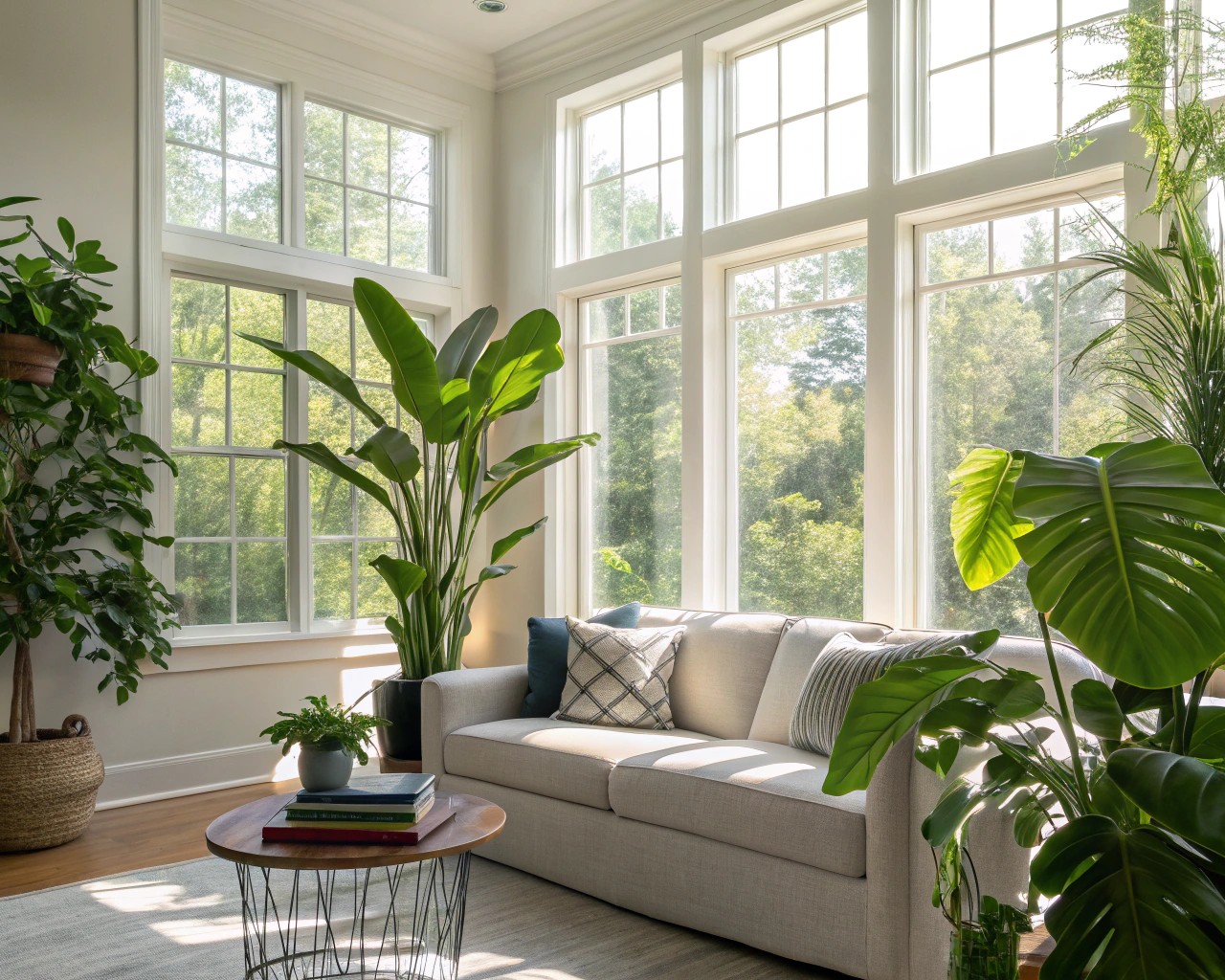
Humans have an innate biological connection to nature—what scientists call biophilia. Incorporating natural elements isn’t just trendy; it’s essential for creating spaces where people feel genuinely comfortable and restored.
Core Biophilic Strategies:
- Living plants: Even small amounts of greenery reduce stress and improve air quality
- Natural materials: Wood grain, stone textures, clay finishes connect us to earth
- Water elements: Fountains or even recorded water sounds create calm
- Natural patterns: Organic shapes, leaf motifs, flowing lines in design elements
The psychological impact is profound. Studies show that exposure to natural elements, even through imagery, lowers cortisol levels and blood pressure while improving cognitive function. In my work, I’ve seen how adding simple elements like a cluster of plants or a piece of driftwood can completely shift the energy of a room.
Seasonal Connections
Creating connections to the changing seasons helps people feel grounded in time and place. This might mean incorporating seasonal scents, adjusting textiles by season, or designing views that celebrate natural cycles. These connections satisfy our deep psychological need for rhythm and predictability.
Color Psychology and Atmosphere
Choosing Colors That Welcome
Color profoundly affects our emotional state and behavior. Warm colors (soft yellows, peachy pinks, gentle terra cottas) naturally invite people in and encourage social interaction, while cool colors (sage greens, soft blues) promote calm and concentration.
Welcoming Color Strategies:
- Neutral foundations: Warm whites, soft grays, natural beiges create calm backdrops
- Nature-inspired accents: Sage greens, warm blues, earthy browns feel familiar and safe
- Seasonal flexibility: Layer in color through accessories that can change with mood
- Personal meaning: Include colors that resonate with the space’s purpose and users
I’ve learned that the most welcoming spaces use color to create emotional temperature. Warm tones in social areas encourage gathering and conversation, while cooler tones in private spaces support rest and reflection.
Acoustic Comfort: The Invisible Foundation
Creating Sound Sanctuary
Sound dramatically affects our stress levels and ability to relax, yet it’s often overlooked in design. The goal isn’t silence—it’s acoustic balance that supports the space’s intended use while providing psychological comfort.
Acoustic Comfort Strategies:
- Absorb excess noise: Soft furnishings, rugs, curtains reduce harsh echoes
- Control outside sounds: Strategic window treatments, sound-absorbing materials
- Add positive sounds: Gentle background music, water features, wind chimes
- Create quiet zones: Areas where people can retreat from stimulation
The psychology of sound is fascinating. Certain frequencies and rhythms naturally calm our nervous systems, while others create alertness or stress. I always consider the acoustic fingerprint of a space—what it sounds like when empty, occupied, during different activities—and design accordingly.
Scent: The Memory Maker
Crafting Olfactory Welcome
Scent connects directly to our limbic system, triggering emotions and memories more powerfully than any other sense. A thoughtfully chosen signature scent can instantly make people feel at home and create lasting positive associations with your space.
Scent Selection Guidelines:
| Space Type | Recommended Scents | Psychological Effect |
|---|---|---|
| Social areas | Vanilla, cedar, light citrus | Warmth, approachability, energy |
| Bedrooms | Lavender, chamomile, sandalwood | Relaxation, comfort, peace |
| Work spaces | Peppermint, rosemary, eucalyptus | Alertness, focus, clarity |
| Bathrooms | White tea, bamboo, clean linen | Freshness, cleanliness, spa-like calm |
I prefer natural scents over synthetic fragrances—essential oils, fresh flowers, or subtle incense create more authentic and therapeutic experiences. The key is subtlety; scent should enhance rather than overwhelm the space.
Physical Comfort: The Ergonomic Foundation
Supporting the Human Body
True comfort goes beyond aesthetics to address our physical needs for support, appropriate temperature, and ergonomic function. This is particularly crucial as spaces serve multiple purposes and need to accommodate different body types and activities.
Ergonomic Essentials:
- Adjustable elements: Seating height, lighting levels, table positions
- Proper support: Lumbar support in seating, appropriate desk heights
- Temperature control: Zones for different comfort preferences
- Flexible arrangements: Furniture that can adapt to different uses and users
The psychology of physical comfort is straightforward—when people aren’t distracted by discomfort, they can fully engage with their environment and the people in it. I always test seating myself, considering how it feels after 20 minutes, not just the first impression.
Thermal Comfort
Temperature significantly affects mood and social behavior. Spaces that are too warm make people sluggish and irritable, while too-cool environments feel unwelcoming and cause people to withdraw.
Thermal Comfort Strategies:
- Layered control: Multiple heating/cooling zones for different preferences
- Natural ventilation: Operable windows and good air circulation
- Radiant comfort: Warm floors, appropriately insulated walls
- Seasonal adaptation: Textiles and arrangements that adjust to climate needs
Practical Implementation
Quick Wins: Instant Transformation
Sometimes small changes create dramatic improvements in how welcoming a space feels. These are interventions that can be implemented immediately with minimal investment:
Lighting Improvements:
- Replace harsh overhead bulbs with warm, dimmable LED lights
- Add table and floor lamps to create pools of inviting light
- Use candles or lanterns for instant atmosphere
Texture Additions:
- Layer throw pillows in varied fabrics on existing seating
- Add a soft area rug to hard flooring surfaces
- Introduce woven baskets or natural fiber accessories
Natural Elements:
- Place plants in strategic locations, especially near seating
- Add a bowl of fresh fruit or seasonal branches
- Include natural materials like wooden bowls or stone objects
Room-by-Room Applications
Living Rooms:
Focus on creating multiple conversation areas with varied seating heights and angles. Layer lighting from different sources and heights. Include surfaces for setting drinks and personal items within easy reach of every seat.
Bedrooms:
Prioritize soft textures, warm lighting, and air circulation. Create clear zones for sleep, dressing, and relaxation. Use blackout options for light control while maintaining connection to natural rhythms.
Kitchens:
Design work triangles that feel spacious rather than cramped. Include seating that allows others to comfortably visit while cooking. Pay special attention to task lighting and ventilation.
Home Offices:
Balance focus needs with comfort through adjustable lighting, ergonomic seating, and visual connections to nature. Create boundaries that help separate work from life while maintaining warmth.
Seasonal Refreshes
The most welcoming spaces evolve with the seasons, maintaining their essential character while responding to changing light, temperature, and natural cycles:
Spring/Summer Adaptations:
- Lighter textiles in natural fibers
- Fresh flowers and seasonal scents
- Increased ventilation and connection to outdoor spaces
- Brighter, more energetic color accents
Fall/Winter Transformations:
- Warmer, richer textures and layers
- Deeper, more grounding scents
- Enhanced lighting for shorter days
- Earth-tone accents that echo the natural world
The Hospitality Mindset
Anticipating Needs
The most welcoming spaces anticipate what people might need before they realize it themselves. This hospitality mindset comes from imagining yourself as a guest in your own space and identifying potential friction points or unmet needs.
Anticipatory Design Elements:
- Convenient surfaces: Places to set drinks, phones, bags near every seating area
- Charging options: Accessible power outlets for devices
- Climate flexibility: Throw blankets, fans, or adjustable heating
- Storage solutions: Designated places for guests’ personal items
- Refreshment accessibility: Easy access to water, snacks, or beverages
Creating Emotional Safety
Beyond physical comfort, welcoming spaces provide emotional safety—a sense that it’s okay to relax, be yourself, and let your guard down. This requires attention to privacy, noise control, and creating environments where people feel seen and valued rather than judged.
Maintaining the Welcome
Ongoing Care
A truly welcoming space requires ongoing attention and care. This isn’t about perfection—it’s about maintaining the elements that contribute to comfort and addressing issues before they impact the experience.
Maintenance Priorities:
- Cleanliness without sterility: Spaces should feel fresh but lived-in
- Functional updates: Regularly test and maintain lighting, temperature controls
- Seasonal refreshes: Small updates that keep the space feeling current
- Feedback integration: Pay attention to how people actually use and respond to the space
Evolution and Adaptation
The most successful welcoming spaces evolve with their users’ changing needs while maintaining their essential character. This might mean rearranging furniture as family dynamics change, updating color schemes to reflect new interests, or adding storage as possessions accumulate.

